Adriatic Sea, the intersection of histories – a Cruise Writer’s Select Historical Voyages –
Adriatic Sea
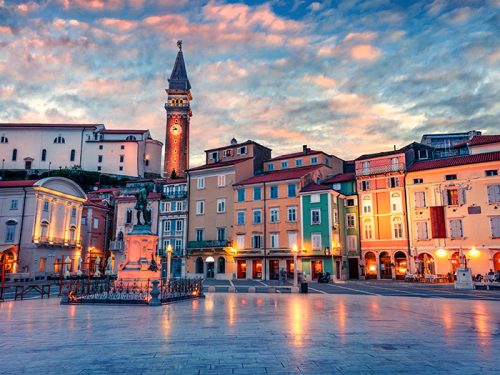
The Adriatic Sea is one of Europe’s leading resorts, with its azure waters and medieval towns. Splendid and robust cities are located along the coast that have been registered as World Heritage sites. This area has been the setting of numerous historical dramas from Roman times through the Middle Ages to modern times. We will take you on a historical voyage through the Adriatic Sea, the keystone of Europe.
Text and composition: Kanamaru Tomoyoshi (Voyage Writer) A voyage writer who has cruised not only throughout Japan but also to the five continents of the world. He writes for “Cruise Ship Collection,” which introduces cruise ships from around the world, and contributes serial articles and cruise reports to the Japanese magazine “Cruise.”
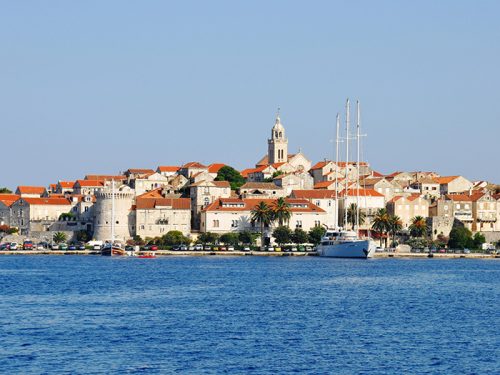
Korcula Island, where Marco Polo was born
Split and Dubrovnik are the major port cities that represent Croatia. Floating halfway between the two is the island of Korcula. On this islet stands a tower said to be the birthplace of Marco Polo (c. 1254-1324). Although he is said to have been born in Venice, Korcula was under the rule of the Republic of Venice at the time, and some believe that he was actually born here. Today, the Adriatic coast is home to a variety of countries, and it has been a popular cruise trip destination.

The Palace of the Roman Emperor who Persecuted Christianity
The 3rd century was known as the era of the military emperors, and the Roman Empire was divided and in turmoil. Diocletian (244-311) was the person who rose from a soldier to become emperor and brought the situation under control. He persecuted Christians and carried out various reforms to rebuild the empire, but his health failed and he retired in 305. In the 7th century, inhabitants of neighboring cities fled invasions and settled in the palace, and the town of Split developed around it. The emperor probably had no idea that the palace would become a Christian institution.
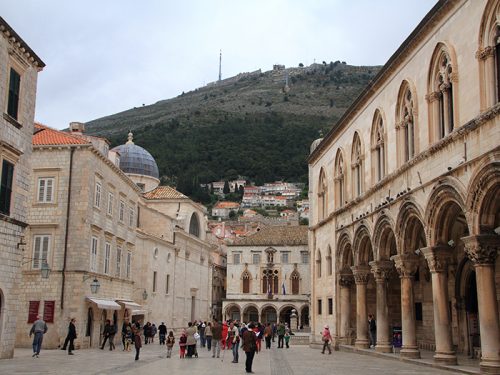
A City-State declined by earthquake
The Republic of Venice claimed hegemony over the Adriatic Sea. Its powerful rival was the Republic of Ragusa, later Dubrovnik, also a maritime city-state. In 1317, the third oldest pharmacy in the world, which is still in operation today, was opened, followed by an old people’s home, an isolation ward, and an orphanage. 1418 saw the abolition of the slave trade and enormous wealth was accumulated through maritime trade. However, the city’s prosperity was snatched away in a day: a major earthquake in 1667 killed more than 5,000 citizens and destroyed most of the public buildings. Ragusa’s decline came to an end in 1808, when Napoleon took over the city.
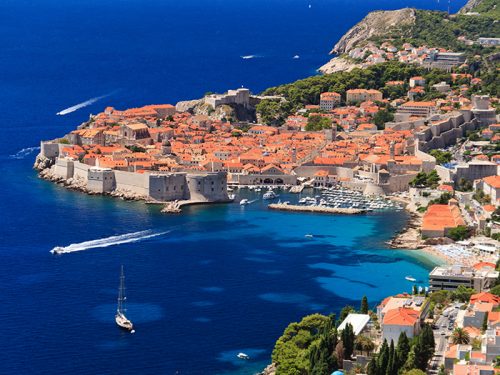
Why Dubrovnik became an “enclave” of Croatia
The Republic of Ragusa (Dubrovnik) remained independent by joining forces with the Ottoman Empire who was expanding into the Balkans. In 1718, a treaty was signed between the Ottoman Empire and the Republic of Venice and the Austrian Empire. A buffer zone, the Neum, was established between Venice and Ragusa to prevent a recurrence of conflict between the two countries. Later, Neum became the territory of Bosnia and Herzegovina, which is part of the Yugoslav Federation, and was incorporated into Yugoslavia after the dissolution of Yugoslav Federation in 1991. Dubrovnik was divided from the mainland by Neum, where the majority of the inhabitants are Croats, and became an enclave.
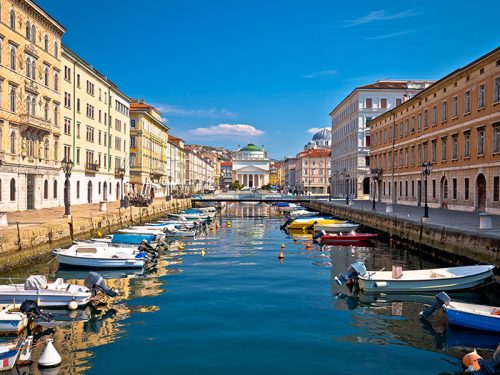
Trieste, a Vienna-ish port town in Italy
In 1382, the citizens of the autonomous city of Trieste turned to the Duke of Austria for protection against the Venetian threat and were granted autonomy by being added to his domain. 1719 saw the city become a free port and enjoy prosperity as a trading port and shipbuilding center of the Austrian Empire. As a result, Viennese-style architecture and coffee houses still line the streets of the city today. When the Austro-Hungarian Empire collapsed during World War I, Trieste “rejoined” Italy in 1920 after 540 years. However, Trieste’s rarity as a landlocked Austrian trading port was lost, and the city was instead transformed into a stage for international conflicts.
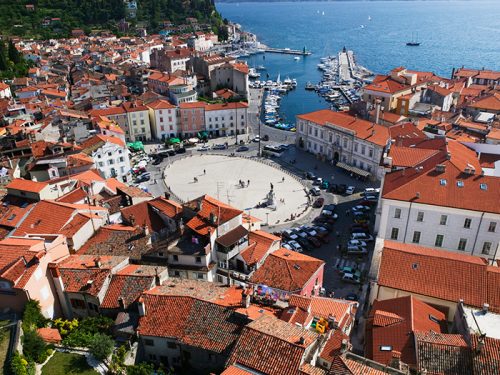
The Iron Curtain
“From Stettin in the Baltic, to Trieste in the Adriatic, an iron curtain has descended across the continent.” As former British Prime Minister Churchill said in his speech, Trieste became the front line of the Cold War. After World War II, a dispute arose between Italy and Yugoslavia over its ownership, and in 1947 the Trieste Free Area was established, consisting of the Anglo-American-controlled Area A and the Yugoslav-controlled Area B (further divided north and south by Slovenia and Croatia). Trieste dissapeared in 1954 with Area A belonging to Italy and Area B to Yugoslavia. With the dissolution of Yugoslavia, the northern part of former District B, including the port of Koper, belonged to independent Slovenia, which gained an outlet to the sea.
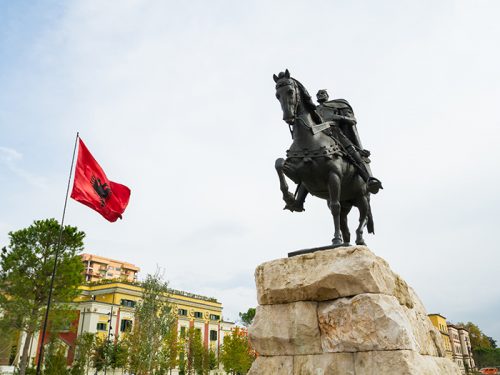
An European country closed to the rest of the world
Albania became a communist state after World War II. It was initially strongly influenced by the Soviet Union, but in the 1960s, it confronted the Soviet Union and moved closer to China, and since the 1970s, it has maintained an isolationist policy, keeping its distance from other Eastern European countries. However, when China moved closer to the West, Albania criticized it. The country became increasingly armed, building more than 500,000 tochkas (reinforced concrete defensive positions) throughout the country, but by the 1980s it had fallen into the “poorest country in Europe” because of its isolation from both the East and the West. Anti-government protests broke out across the country, and Albania turned to an open-door policy, resulting in the birth of a non-communist government in 1992. A cruise in The Adriatic will give you a glimpse of the Balkan Peninsula’s complex historical trails.
PHOTO:PEACEBOAT, Kajiura Takashi, Nakasuji Kota, Walter Bibikow, shutterstock.com
